Home>Furniture>Office Furniture>How To Style Bookshelves With Books
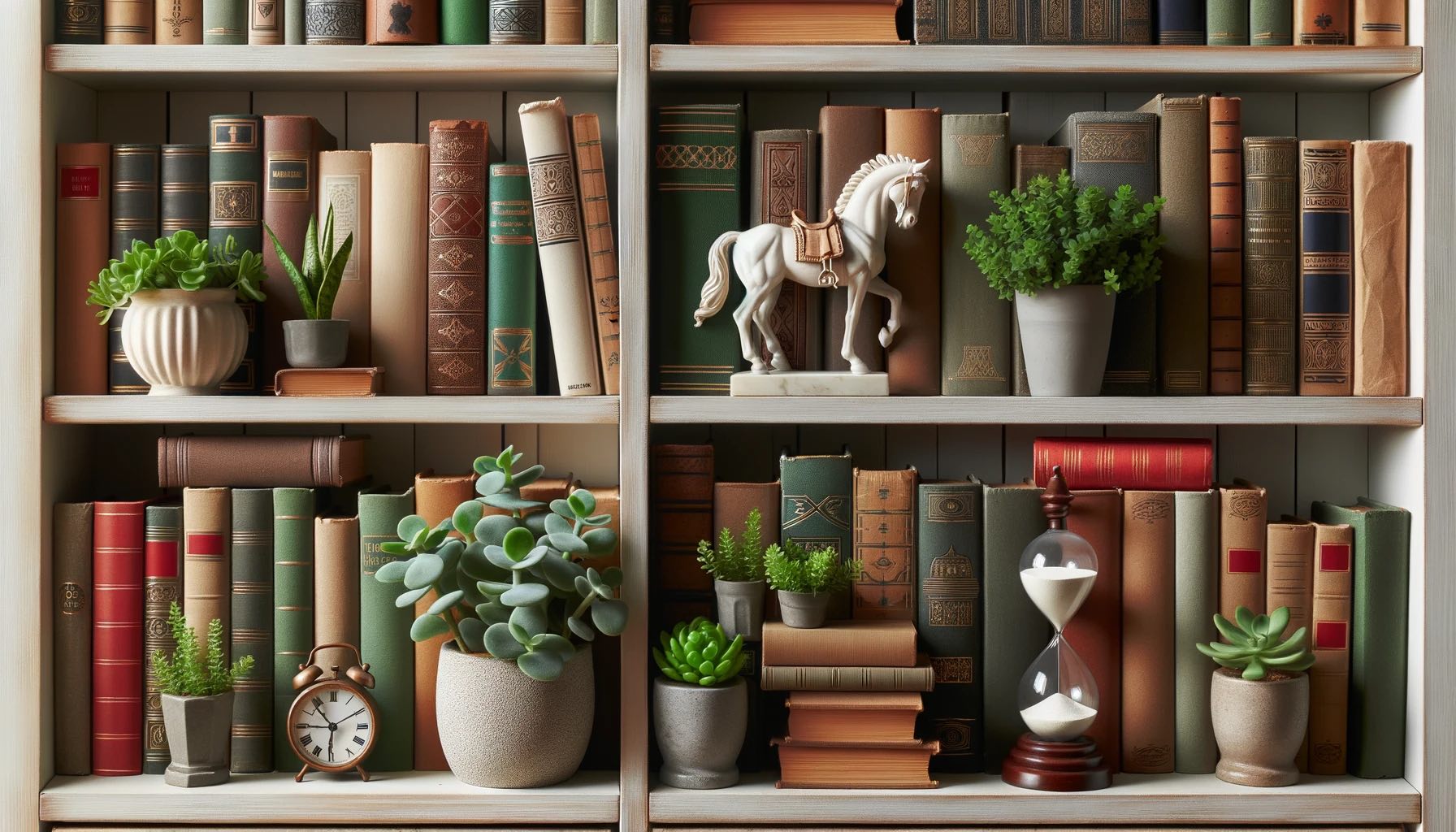

Office Furniture
How To Style Bookshelves With Books
Modified: February 21, 2024
Discover creative ways to style your bookshelves with books. Transform your office furniture with these innovative design ideas and make your workspace both functional and aesthetically pleasing.
(Many of the links in this article redirect to a specific reviewed product. Your purchase of these products through affiliate links helps to generate commission for Storables.com, at no extra cost. Learn more)
Introduction
When it comes to styling bookshelves, there is no shortage of creative possibilities to transform them into stunning displays. Bookshelves not only serve as practical storage solutions but also offer an opportunity to showcase your personality and style. By arranging and organizing your books in a visually appealing way, you can elevate the overall aesthetics of your space and create a focal point that sparks conversation.
In this article, we will provide you with tips and inspiration on how to style your bookshelves with books. Whether you have a small bookshelf in your home office or a large bookcase in your living room, these ideas will help you create a stylish and engaging display that showcases your love for literature.
So let’s dive in and explore the different techniques for arranging and organizing your books to create an eye-catching and personalized bookshelf display!
Key Takeaways:
- Transform your bookshelf into a visually captivating display that reflects your unique style and interests by arranging books by size, grouping books by color, and incorporating decorative objects, artwork, and framed photos.
- Balance functionality and aesthetics by showcasing favorite books, coordinating colors and themes, and personalizing your display with meaningful memorabilia. Unleash your creativity to create a visually stunning bookshelf that sparks conversation and curiosity.
Read more: How Many Books Needed For 15 Bookshelves
Choosing the Right Books
When it comes to styling bookshelves, one of the first steps is selecting the right books to include in your display. The books you choose should not only reflect your interests and personality but also complement the overall style and theme of your space. Here are a few tips to help you choose the right books:
- Select books that you have read and enjoyed: Displaying books that you have a personal connection with adds authenticity and a sense of pride to your bookshelf. It also provides an opportunity for you to share recommendations with others.
- Consider the color and aesthetics: Pay attention to the covers of the books and how they will contribute to the visual appeal of your bookshelf. Opt for books with visually appealing covers or consider adding dust jackets to create a cohesive look.
- Showcase different genres and topics: Mix up the genres and topics of the books on your bookshelf to add variety and intrigue. This allows visitors to your space to discover a wide range of subjects and topics that spark their interest.
- Incorporate a mix of hardcover and paperback books: The combination of hardcover and paperback books adds visual interest and texture to your bookshelf. The varying sizes and formats create a dynamic and visually pleasing display.
- Consider the height and size of the books: Arrange books with varying heights and sizes to add depth and dimension to your bookshelf. This creates a visually interesting composition that draws the eye.
Remember, the key is to choose books that not only resonate with you but also contribute to the overall aesthetic of your bookshelf display. By carefully selecting the right books, you can create a visually striking and personalized display that reflects your unique style and interests.
Arranging Books by Size
One of the fundamental principles of creating an aesthetically pleasing bookshelf display is arranging books by size. By organizing books based on their dimensions, you can create a clean and visually balanced composition. Here are some tips on how to arrange books by size:
- Sort books from tallest to shortest: Begin by separating your books into different height categories. Place the tallest books on one end of the shelf and gradually work your way down to the shortest books. This creates a visually appealing vertical line that adds structure and symmetry to your bookshelf display.
- Create horizontal stacks: For books of similar height, create horizontal stacks by placing them on their sides. This adds visual interest and breaks up the vertical lines formed by the larger books. It is important to consider the stability of the stacks and use bookends or other supports to prevent them from toppling over.
- Avoid strict uniformity: While it is important to arrange books by size, it is also essential to introduce some variation to avoid a monotonous look. Mix up the sizes within each category to create a more dynamic and visually interesting display.
- Introduce decorative objects or bookends: To add visual interest and break up the rows of books, incorporate decorative objects or bookends throughout your bookshelf display. These items can be used as placeholders between book sections of different heights, creating a more visually balanced and appealing arrangement.
By arranging books by size, you can create a visually pleasing display that exudes a sense of order and organization. This technique helps to create a harmonious and balanced bookshelf that catches the eye and adds character to your space.
Grouping Books by Color
One visually stunning technique for styling bookshelves is grouping books by color. Organizing books based on their hues creates a vibrant and cohesive display that adds a pop of color to your space. Here are some tips on how to effectively group books by color:
- Sort books by color: Begin by separating your books into different color categories, such as red, blue, green, etc. Take the time to arrange the books in a visually pleasing gradient from light to dark shades within each color category.
- Create color blocks: Once you have sorted the books by color, group them together to form color blocks on your bookshelf. Placing books with similar shades together creates a visually striking and organized display.
- Add variations within each color block: To avoid a monotonous look, mix up the sizes, styles, and textures of the books within each color block. This adds depth and visual interest to the display.
- Incorporate accent colors: While grouping books by color is the main focus, consider adding accent colors that complement the overall color scheme of your space. Introduce a few books or decorative objects in contrasting colors to create a vibrant and dynamic display.
- Consider incorporating bookends or decorative objects: To add structure and definition to each color block, use bookends or decorative objects that match or complement the dominant color within the group. This helps to create a more cohesive and visually appealing arrangement.
Grouping books by color not only enhances the aesthetics of your bookshelf but also adds a sense of organization and harmony. This technique allows you to showcase your creativity and personal style while creating a visually stunning focal point in your space.
Organizing Books by Genre
Another effective way to style your bookshelves is by organizing books by genre. This method allows you to create a curated display that showcases your diverse reading interests and makes it easier to find specific books. Here are some tips for organizing books by genre:
- Choose genres that resonate with you: Start by identifying the genres you enjoy the most. It could be fiction, non-fiction, mystery, romance, science fiction, or any other genre that piques your interest.
- Create separate sections for each genre: Dedicate different sections of your bookshelf to each genre. This helps to create a sense of order and makes it easier for you and others to locate books based on specific interests.
- Sort books within each genre: Once you have established sections for various genres, sort the books within each genre by author’s last name or by title. This further enhances the organization and accessibility of your bookshelf.
- Add labels or signs to identify genres: Consider adding labels or small signs to each genre section to make it clear which books belong to each genre. This provides a visual cue and helps visitors navigate your book collection more easily.
Organizing books by genre not only makes your bookshelf visually appealing but also creates a functional and user-friendly display. It allows you to showcase your reading preferences and facilitates easy browsing for yourself and others who may be interested in borrowing or discussing specific genres.
Read more: How To Make Floating Bookshelves
Arranging Books by Theme
Another creative way to style your bookshelves is by arranging books by theme. This approach allows you to create visually cohesive displays that highlight specific topics or interests. Here are some tips on how to effectively arrange books by theme:
- Select themes that reflect your interests: Choose themes that resonate with you and represent your passions or hobbies. It could be themes like travel, cooking, history, self-help, or any other subject that you find intriguing.
- Create dedicated sections for each theme: Designate specific sections on your bookshelf for each theme. This helps create a distinct visual separation and makes it easier to locate books based on specific themes.
- Sort books within each theme: Once you have established sections for different themes, sort the books within each theme in a way that makes sense to you. You can organize them alphabetically, chronologically, or based on importance or preference.
- Add decorative objects or props: Enhance the theme-based display by incorporating decorative objects or props that relate to the specific theme. For example, if you have a travel-themed section, you can include globes, maps, or miniature landmarks to add visual interest and reinforce the theme.
- Consider cross-theme connections: Look for opportunities to connect themes by placing related books near each other. This allows for a more dynamic and interconnected display and encourages exploration across different subjects.
Arranging books by theme not only showcases your interests but also creates a visually captivating display that sparks curiosity and conversation. It allows you to create mini vignettes within your bookshelf and adds a personal touch to your space.
When styling bookshelves with books, try arranging them both vertically and horizontally to create visual interest. Mix in decorative objects and incorporate empty space to avoid a cluttered look.
Mixing Books with Decorative Objects
To add visual interest and dimension to your bookshelf display, consider mixing books with decorative objects. This combination not only enhances the aesthetics of your bookshelf but also allows you to showcase your personal style and unique treasures. Here are some tips on how to effectively mix books with decorative objects:
- Select decorative objects that complement the books: Choose decorative objects that harmonize with the colors, themes, or genres of the books on your shelf. This creates a cohesive and visually pleasing arrangement.
- Vary the shapes, sizes, and textures: Incorporate decorative objects in various shapes, sizes, and textures to add variety and visual interest. This could include vases, sculptures, figurines, plants, or other meaningful items.
- Place objects strategically among the books: Disperse the decorative objects throughout your bookshelf, placing them strategically between book sections or at the ends of rows. This helps to break up the monotony of the books and adds focal points that draw the eye.
- Use bookends and other book accessories: Bookends not only offer functional support but also serve as decorative elements. Choose bookends that complement the overall theme or style of your bookshelf. Additionally, consider incorporating bookmarks, bookplates, or other book-related accessories to further enhance the display.
- Consider the scale and balance: Ensure that the decorative objects you choose are proportionate to the size of your bookshelf and books. Pay attention to the height and placement of objects to create a sense of balance and harmony within the display.
- Showcase meaningful personal items: Personalize your bookshelf by including sentimental or cherished items that hold special meaning to you. This could be family heirlooms, travel souvenirs, or handmade crafts that add a personal touch.
Mixing books with decorative objects adds personality and character to your bookshelf display. It allows you to curate a unique collection that reflects your interests, experiences, and style, making your bookshelf a true reflection of yourself.
Varying Book Placement
When styling your bookshelf, it’s important to vary the placement of books to create visual interest and keep the display visually engaging. Here are some tips on how to effectively vary the placement of books:
- Stack books both vertically and horizontally: Instead of aligning all your books in a uniform vertical position, intersperse vertically stacked books with horizontally stacked books. This creates a dynamic visual effect and adds dimension to your bookshelf.
- Stagger book heights: Experiment with staggering the heights of books by placing some books slightly forward or backward on the shelf. This creates depth and visual intrigue.
- Lean books against the back of the shelf: Another way to add visual interest is by leaning some books against the back of the shelf at a slight angle. This creates a cascading effect and adds a sense of movement to the display.
- Create book groupings: Instead of lining up books in a single row, create small groupings of books. Stack a few books horizontally and place smaller decorative objects or bookends on top to create visually appealing vignettes.
- Utilize empty spaces creatively: Don’t be afraid to leave empty spaces on the shelves. Use these empty spaces to showcase unique decorative objects or to create breathing room between different sections of books.
- Consider asymmetrical arrangements: Embrace asymmetry by placing books in uneven numbers or by creating off-center displays. This adds a touch of whimsy and visual intrigue to your bookshelf.
Varying the placement of books adds a playful and creative element to your bookshelf display. It allows you to experiment with different arrangements, creating a visually captivating composition that draws attention and sparks curiosity.
Adding Bookends and Book Accessories
Bookends and book accessories serve both functional and decorative purposes, adding an extra layer of style and visual interest to your bookshelf. Here are some tips on how to effectively incorporate bookends and book accessories into your display:
- Select bookends that complement your bookshelf: Choose bookends that match the overall style and aesthetic of your bookshelf. Whether you prefer sleek and modern bookends or ornate and vintage-inspired ones, they can add a touch of elegance and support to your book arrangement.
- Use bookends to anchor book sections: Place bookends at the ends of book sections to create visual boundaries and add structure to your display. Not only do they keep your books in place, but they also serve as decorative elements that enhance the overall look of your bookshelf.
- Showcase unique and interesting book accessories: Consider adding book accessories that reflect your personality and interests. These could include bookmarks, bookplates, literary quotes, or small figurines related to your favorite books or authors. These accessories can be placed strategically among your books or used as placeholders to separate different sections.
- Incorporate literary-themed decorative objects: Enhance the literary ambiance of your bookshelf by including decorative objects that have a connection to literature. This could be book-themed artwork, miniature book replicas, quill pens, or vintage typewriters. These objects add a touch of whimsy and can be nestled among the books or placed on empty spaces for added visual interest.
- Experiment with other functional book accessories: Consider incorporating other functional book accessories, such as reading lights or bookrests, into your display. These items not only serve a purpose but can also enhance the overall aesthetic and create a cozy reading corner within your bookshelf.
By adding bookends and book accessories, you can elevate the style and functionality of your bookshelf display. These elements not only provide support and organization but also offer an opportunity to showcase your unique taste and love for literature.
Read more: How Tall Should Bookshelves Be
Incorporating Artwork and Framed Photos
To add a personal touch and enhance the visual appeal of your bookshelf, consider incorporating artwork and framed photos into your display. This not only breaks the monotony of rows of books but also adds a sense of warmth and personality to your space. Here are some tips on how to effectively incorporate artwork and framed photos:
- Choose artwork and photos that resonate with you: Select pieces of artwork or framed photos that hold sentimental value or depict subjects that you find inspiring. Whether it’s a favorite painting, a family portrait, or a travel photograph, choose pieces that have personal significance.
- Consider the size and scale: Take into account the size of your bookshelf and the dimensions of the artwork or framed photos you plan to incorporate. Ensure that they are proportionate to the shelf and balanced with the other elements on display.
- Vary the placement: Instead of solely hanging artwork or placing framed photos on the wall, consider leaning them against the back of the bookshelf or on the shelves themselves. This creates a layered effect and adds depth to the overall display.
- Balance with books: Integrate artwork or framed photos within book groupings or arrange them next to relevant books. This creates a cohesive visual narrative and adds a storytelling element to your bookshelf.
- Consider themes or color schemes: Coordinate the artwork or framed photos with the overall color scheme or theme of your bookshelf. This helps to create a harmonious and visually cohesive display.
- Experiment with different frames: Choose frames that complement the style of your bookshelf and the artwork or photos. You can opt for sleek and minimalistic frames for a modern look or ornate frames for a more traditional aesthetic.
- Leave some empty spaces: Leave some spaces on your bookshelf where the artwork or framed photos can take center stage. This ensures that each piece receives the attention it deserves and prevents overcrowding.
Incorporating artwork and framed photos into your bookshelf display adds a personal touch and transforms it into a gallery of your memories and interests. It creates a visually captivating space that reflects your unique style and makes a statement in your home or office.
Creating a Balanced and Stylish Bookshelf Display
Now that you have learned various techniques for styling your bookshelf, it’s important to bring everything together to create a balanced and stylish display. Here are some final tips to help you achieve a cohesive and visually pleasing bookshelf:
- Step back and assess: Take a step back and evaluate the overall look of your bookshelf. Make sure that it is visually balanced, with an equal distribution of colors, sizes, and decorative elements.
- Adjust as needed: If certain areas of your bookshelf feel cluttered or overcrowded, rearrange or remove objects to create a more spacious and curated display. Remember that less can often be more when it comes to creating balance.
- Showcase favorite books: Highlight your favorite books by giving them prominent placement or creating a dedicated section for them. This allows you to draw attention to the books that have had a significant impact on you.
- Consider the overall aesthetics: Make sure that your bookshelf aligns with the overall aesthetics and style of the room. Whether your space is modern, minimalist, eclectic, or traditional, your bookshelf should complement the existing decor.
- Rotate and refresh: Periodically rotate and refresh your bookshelf display to keep it interesting and up-to-date. Swap out books or decorative objects to showcase different aspects of your collection and keep the display fresh.
- Don’t forget functionality: While it’s important to create a visually appealing display, don’t forget the practicality of your bookshelf. Ensure that books you frequently reference or use are easily accessible.
- Personalize with memorabilia: Add a touch of personalization by incorporating meaningful memorabilia or items that represent your hobbies and interests. This makes your bookshelf uniquely yours and adds a personal touch.
Remember, styling a bookshelf is a creative process that allows you to showcase your personality and love for literature. Let your imagination guide you as you experiment with different arrangements, colors, and decorative elements to create a balanced and stylish bookshelf display.
Conclusion
Styling your bookshelf is not only about organizing books but also about creating a visually captivating and personalized display that reflects your unique style and interests. By implementing the various techniques we’ve discussed, such as arranging books by size, grouping books by color, organizing books by genre, and incorporating decorative objects, artwork, and framed photos, you can transform your bookshelf into a stunning focal point in your space.
When styling your bookshelf, remember to find a balance between functionality and aesthetics. Ensure that your books are easily accessible and organized while also creating a visually pleasing composition. Experiment with different placements, mix books with decorative objects, and personalize your display with items that hold sentimental value.
Additionally, pay attention to the overall aesthetics of your bookshelf and how it fits within the broader style of your room. Coordinate colors, themes, and decorative elements to create a cohesive and visually harmonious display. Remember that bookshelf styling is a creative process, and you have the flexibility to experiment, evolve, and change your display over time.
As you embark on this journey of styling your bookshelf, let your passion for literature shine through. Showcase your favorite books, share your recommendations, and create a space that sparks conversation and curiosity. Your bookshelf is not just a storage unit but a reflection of your interests, personality, and love for reading.
So go ahead, unleash your creativity, and transform your bookshelf into a visually stunning and captivating display that adds warmth, style, and character to your space.
Frequently Asked Questions about How To Style Bookshelves With Books
Was this page helpful?
At Storables.com, we guarantee accurate and reliable information. Our content, validated by Expert Board Contributors, is crafted following stringent Editorial Policies. We're committed to providing you with well-researched, expert-backed insights for all your informational needs.
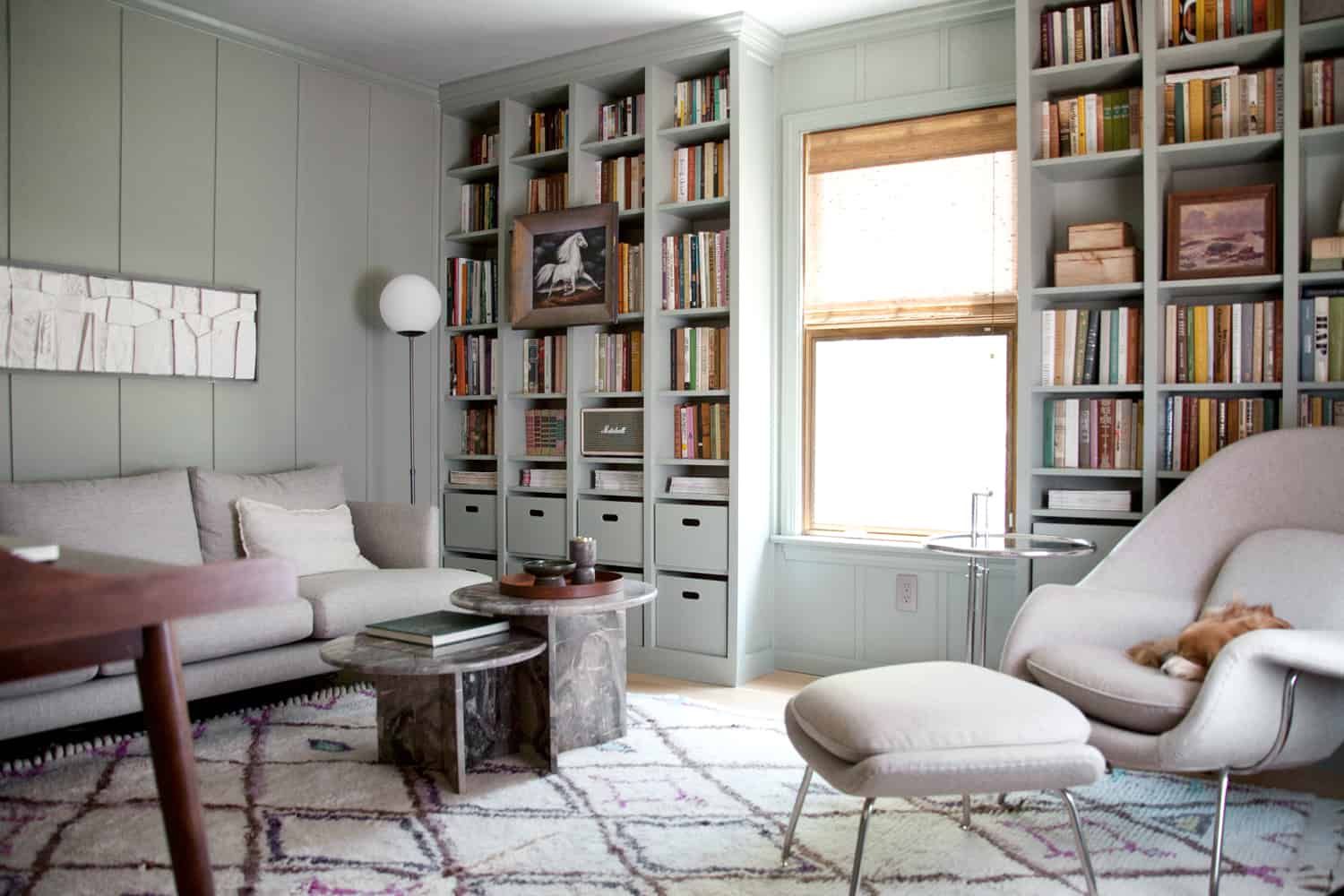
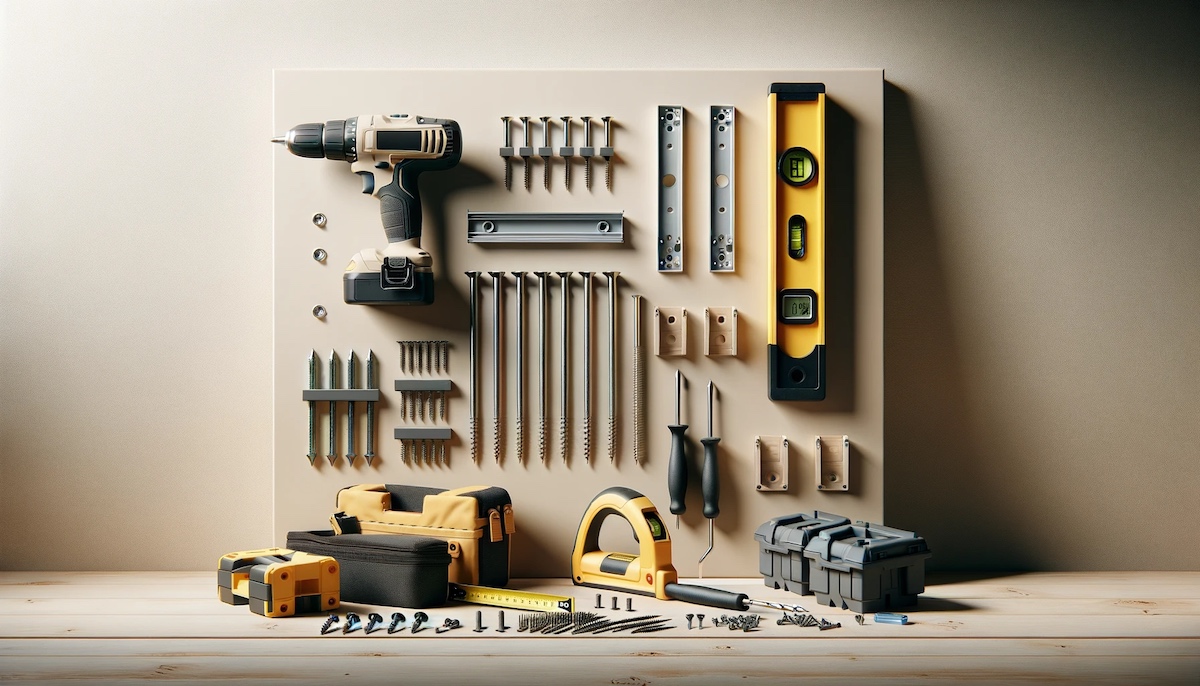
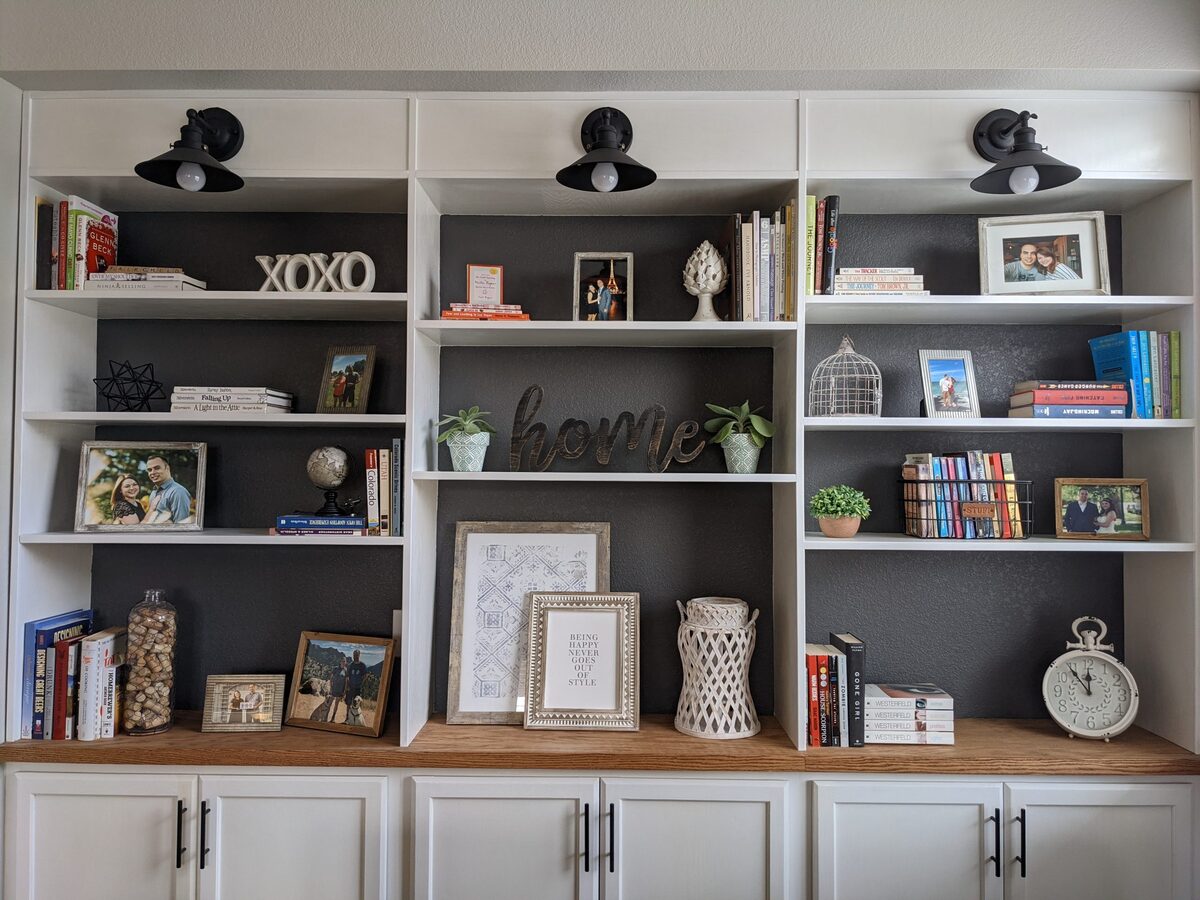
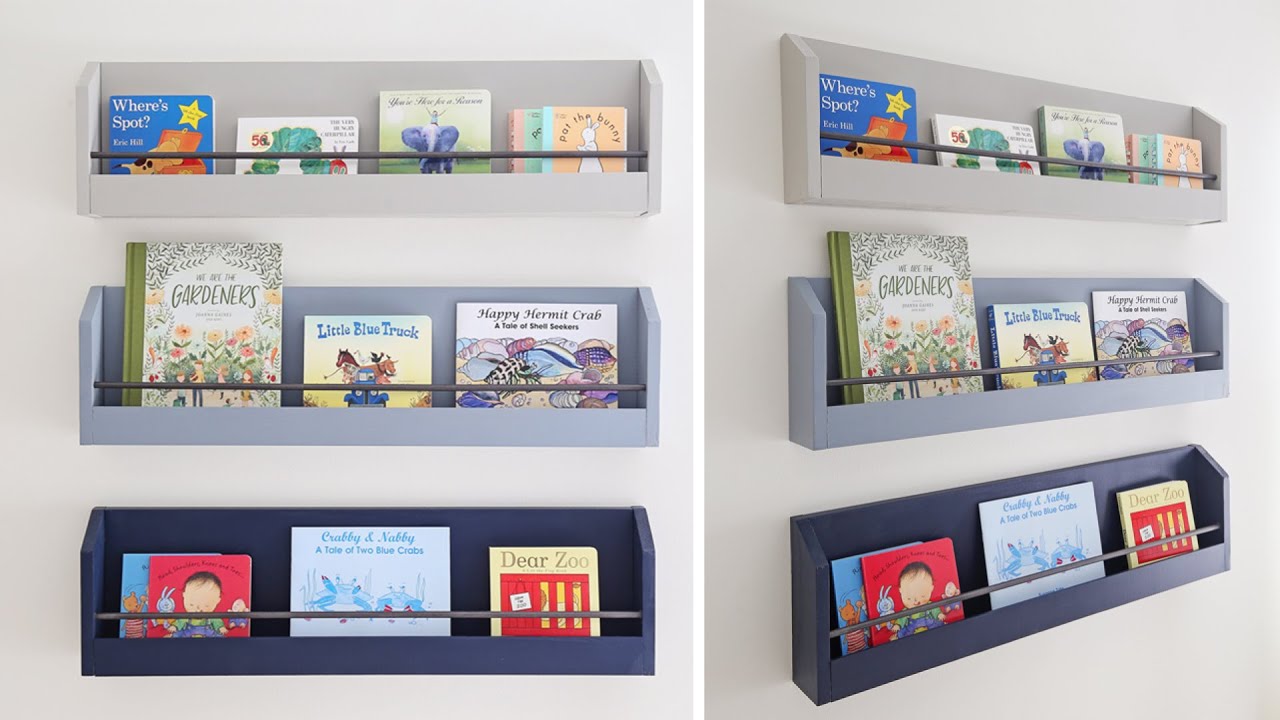
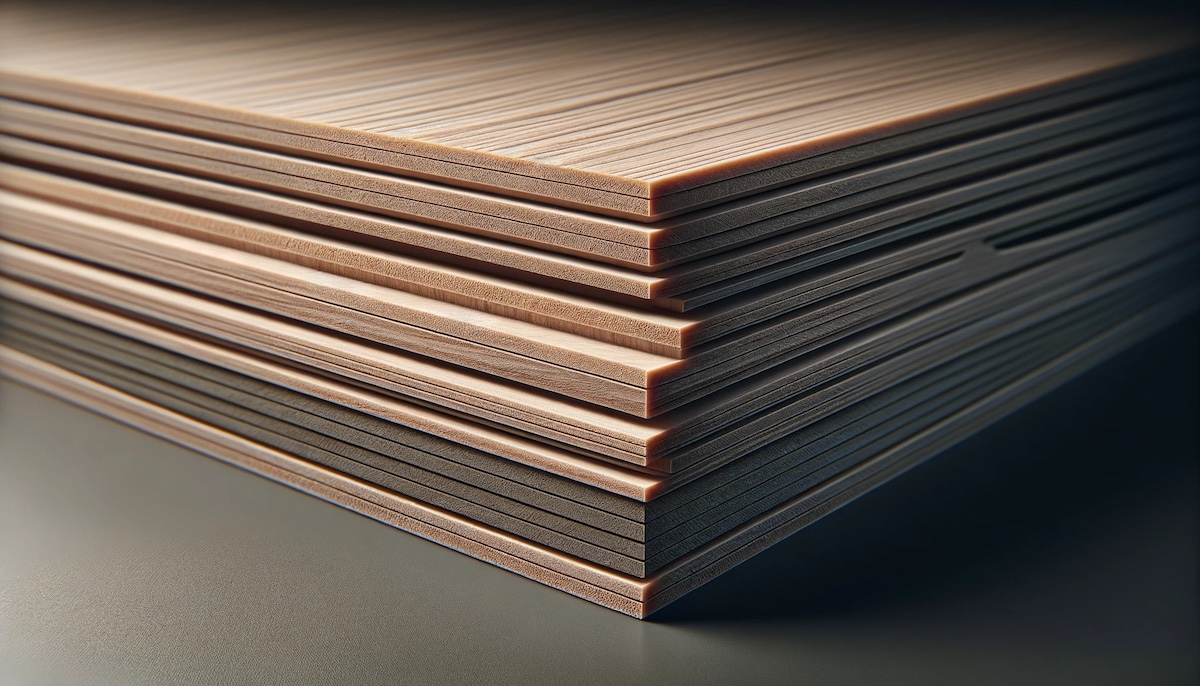
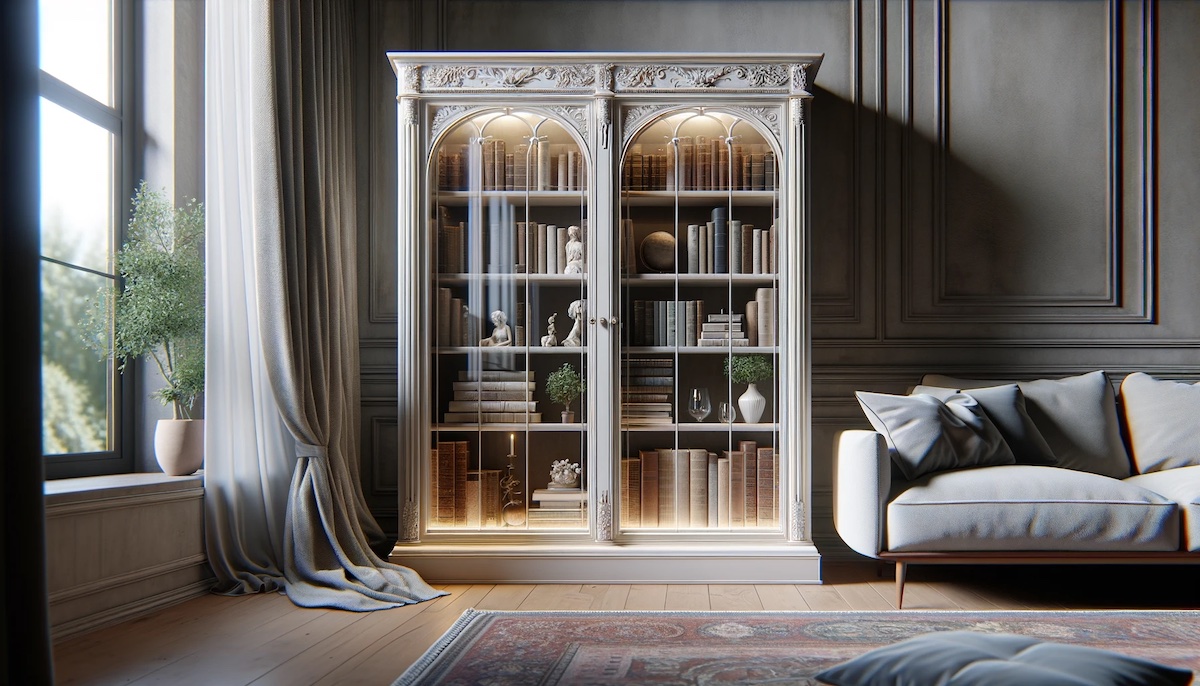
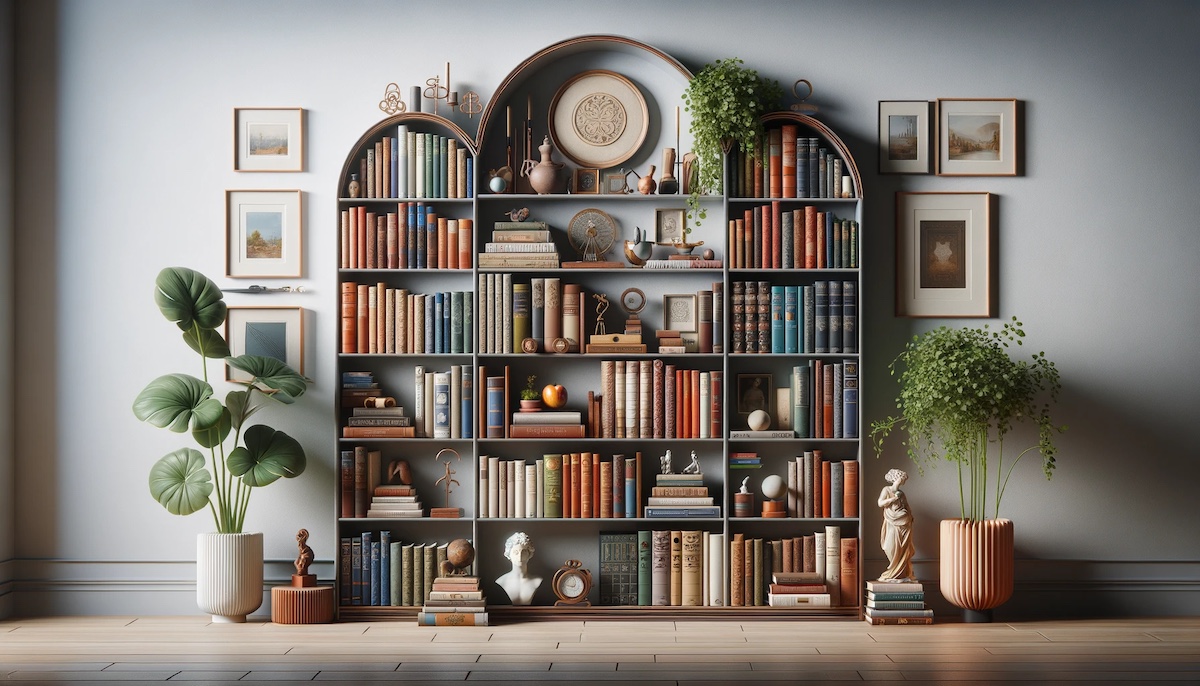
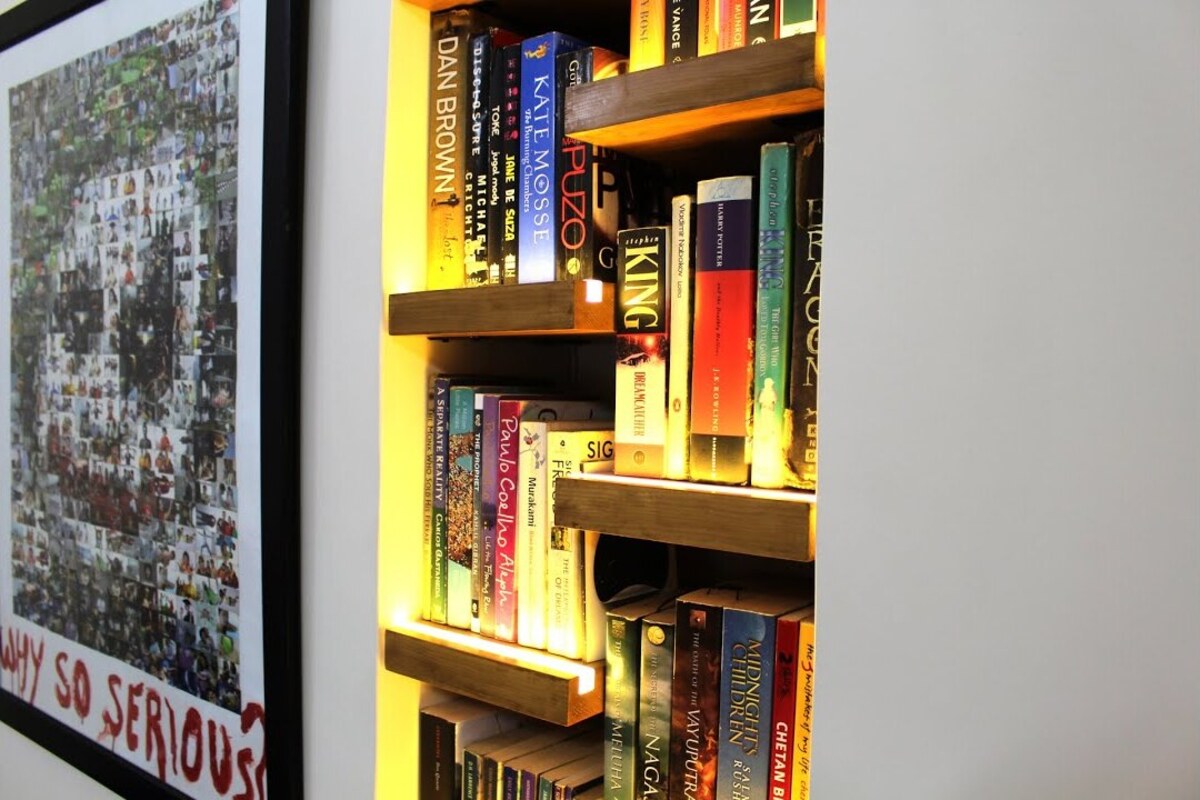
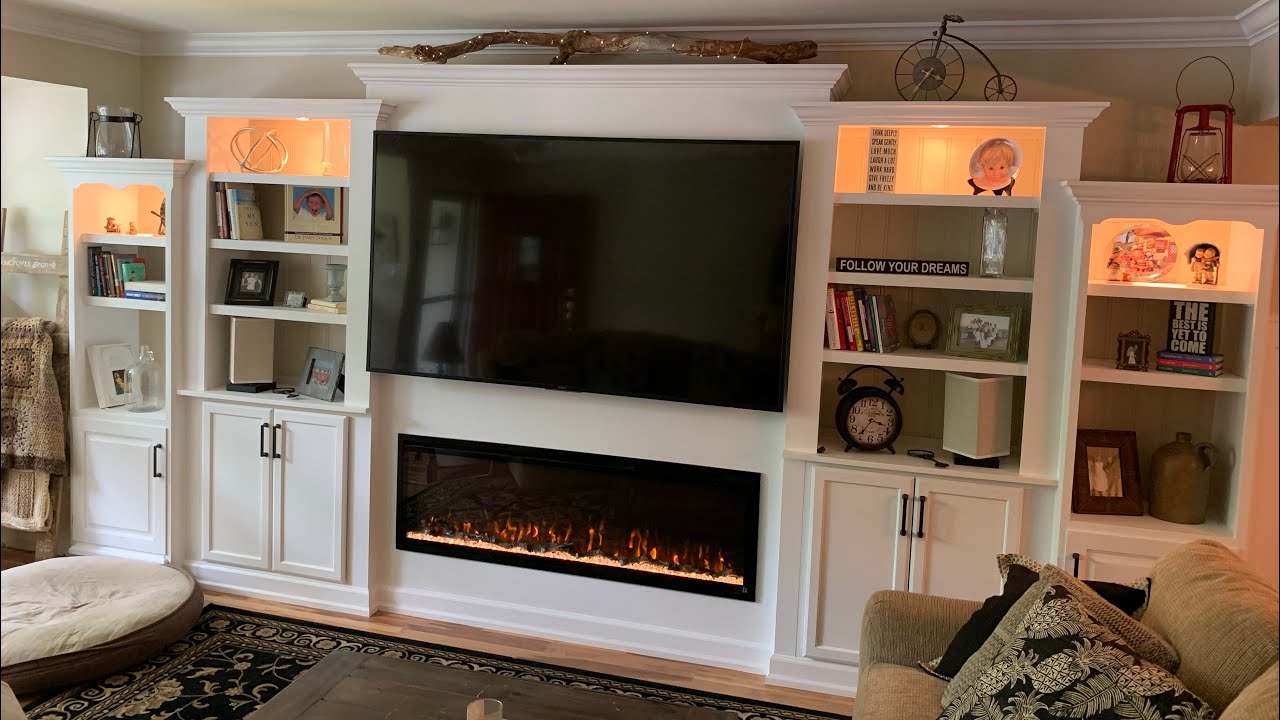
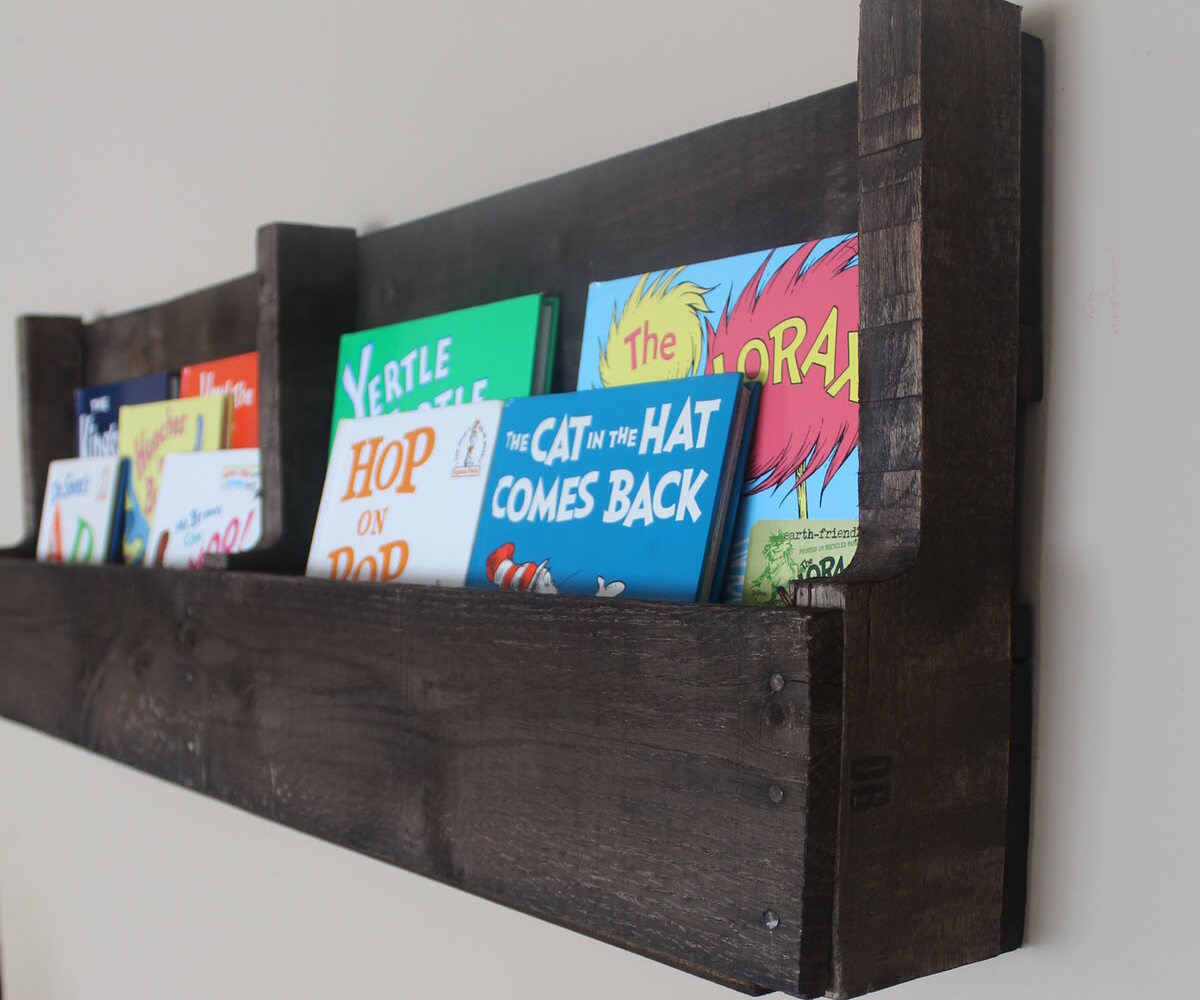
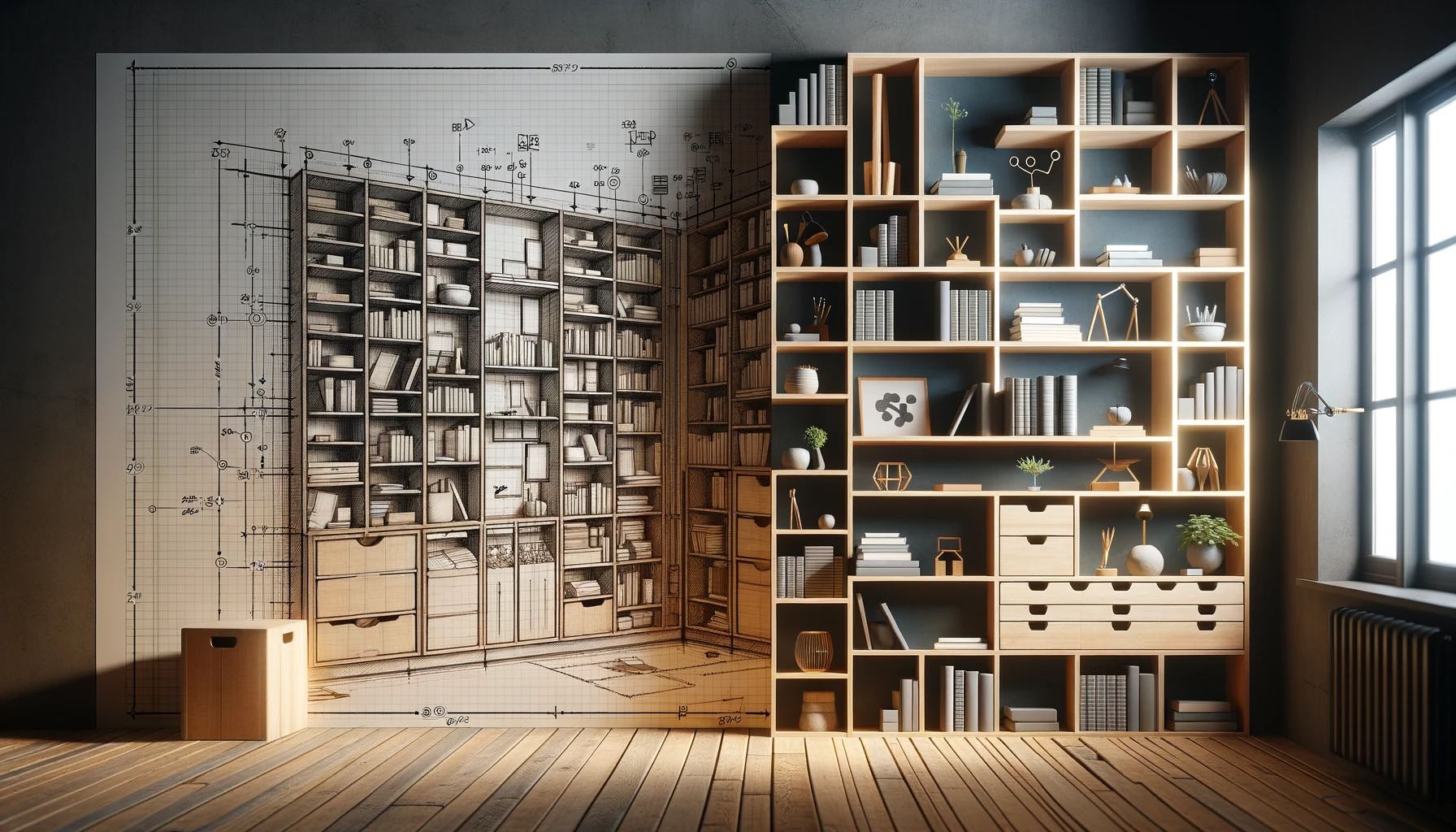

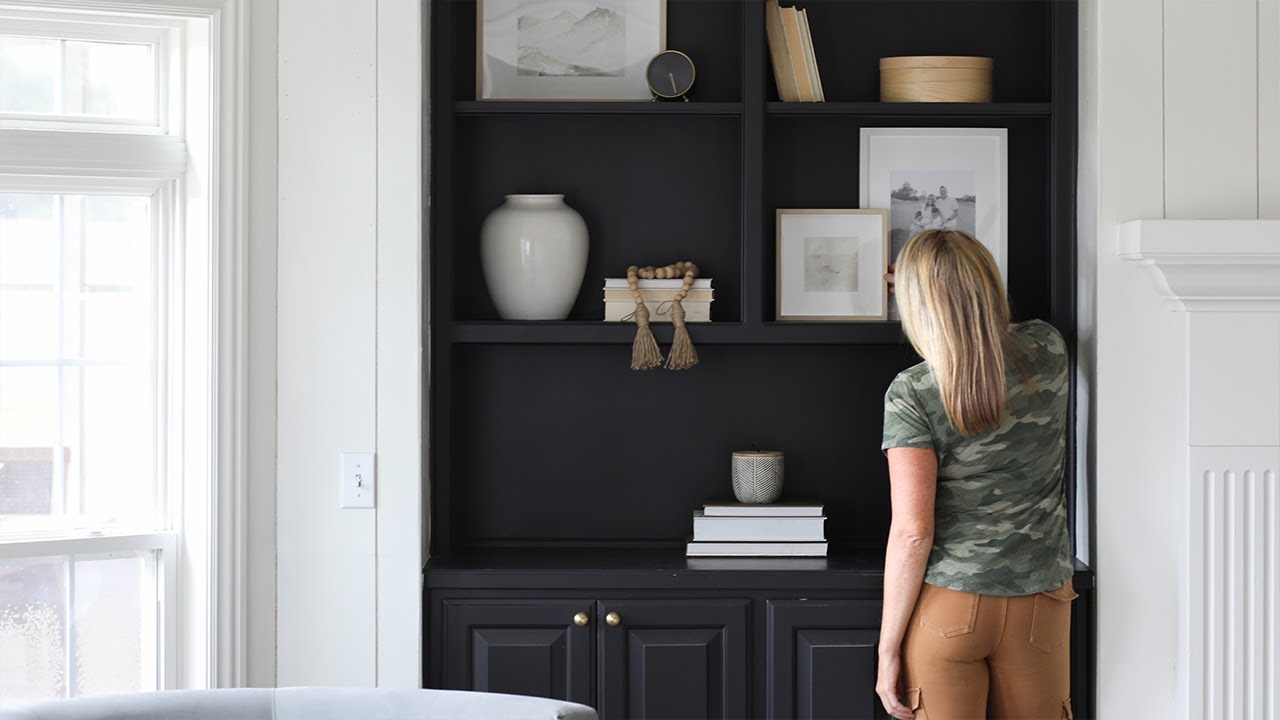

0 thoughts on “How To Style Bookshelves With Books”